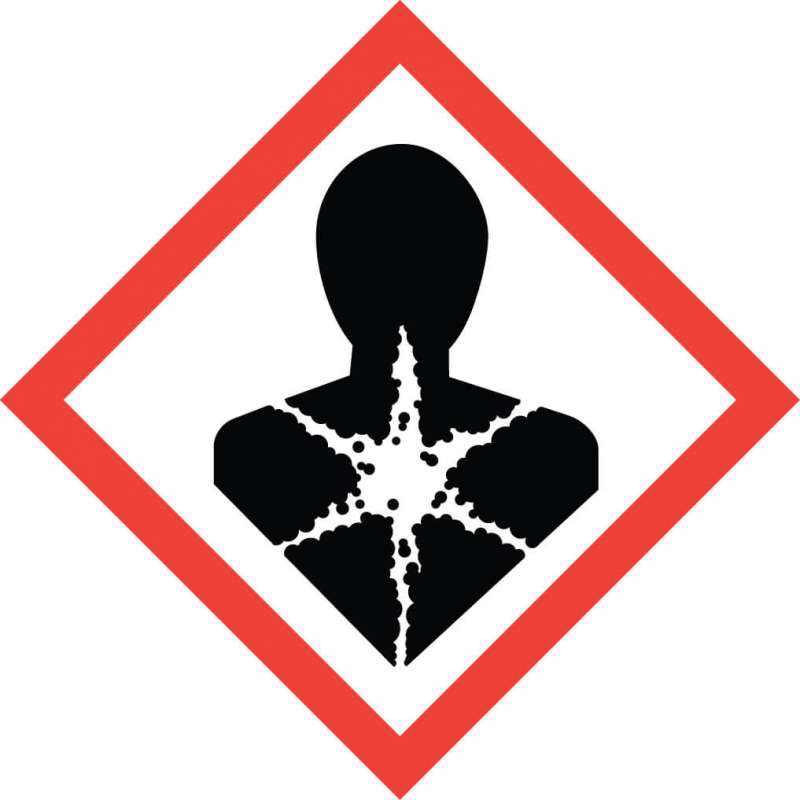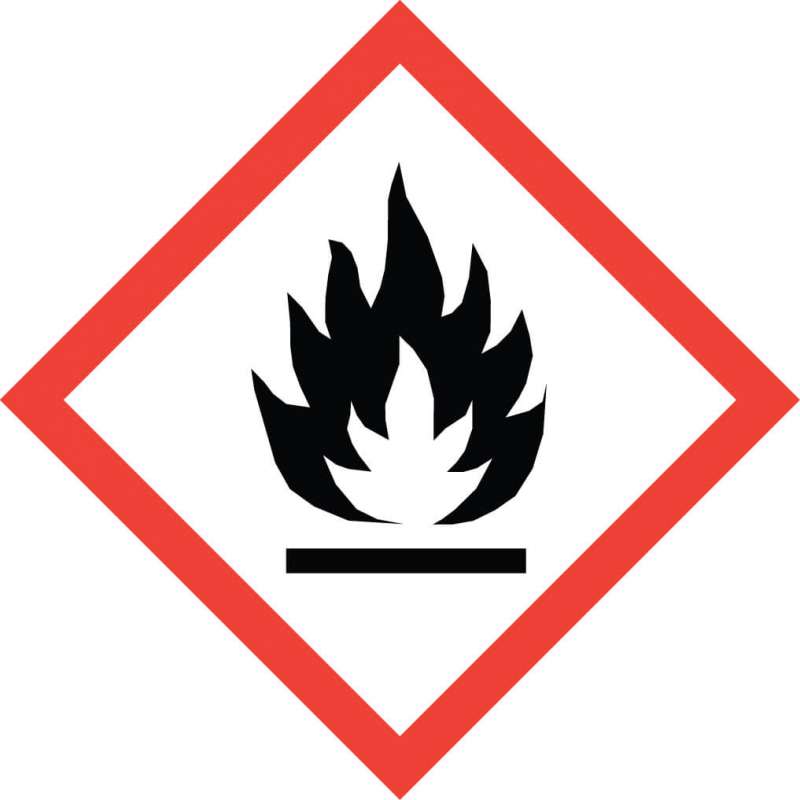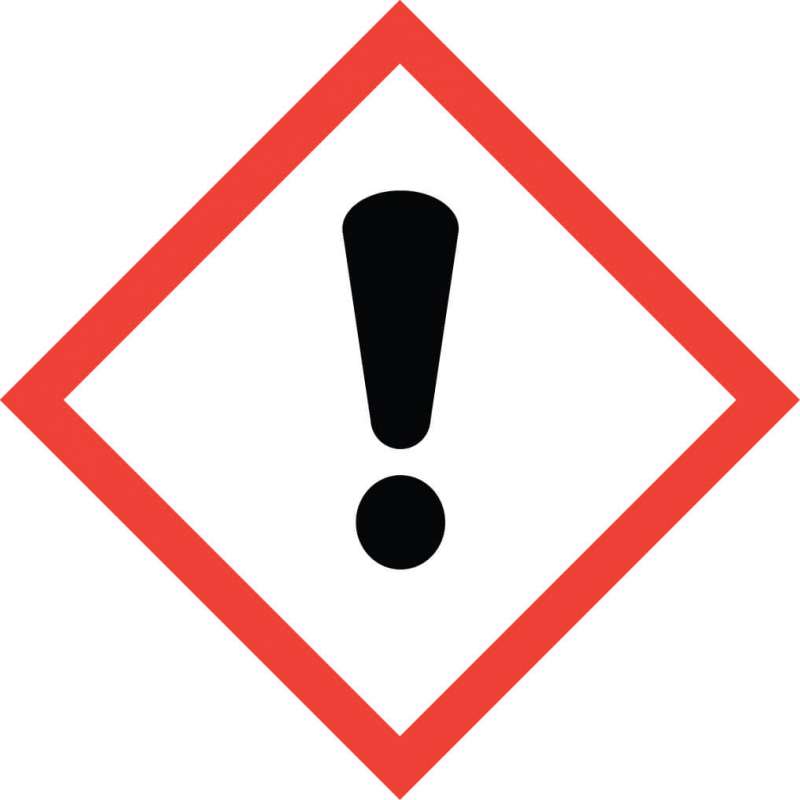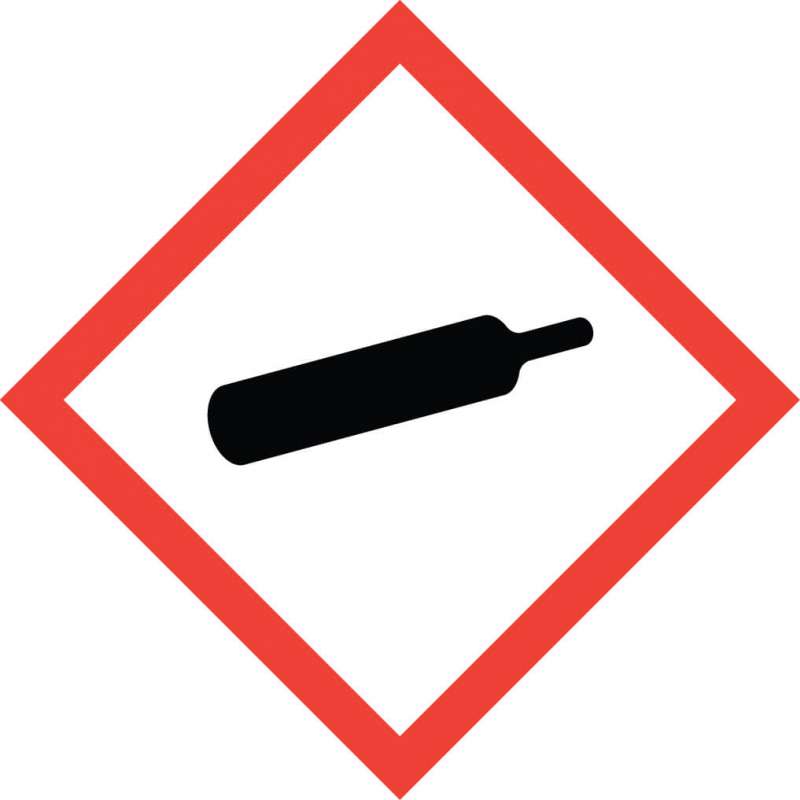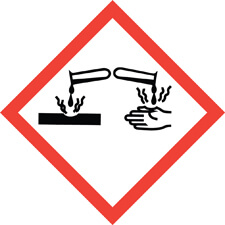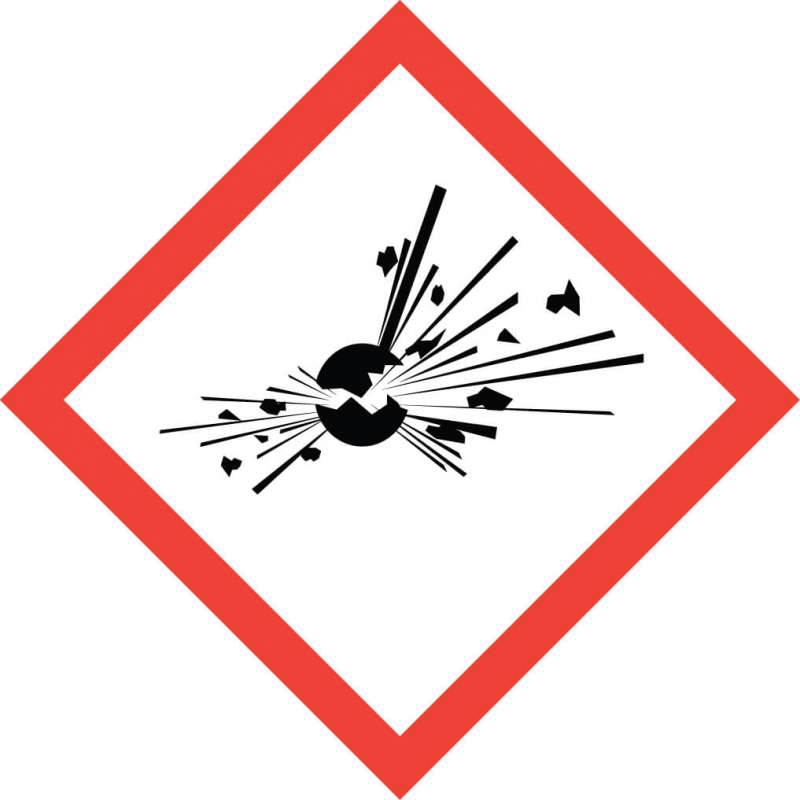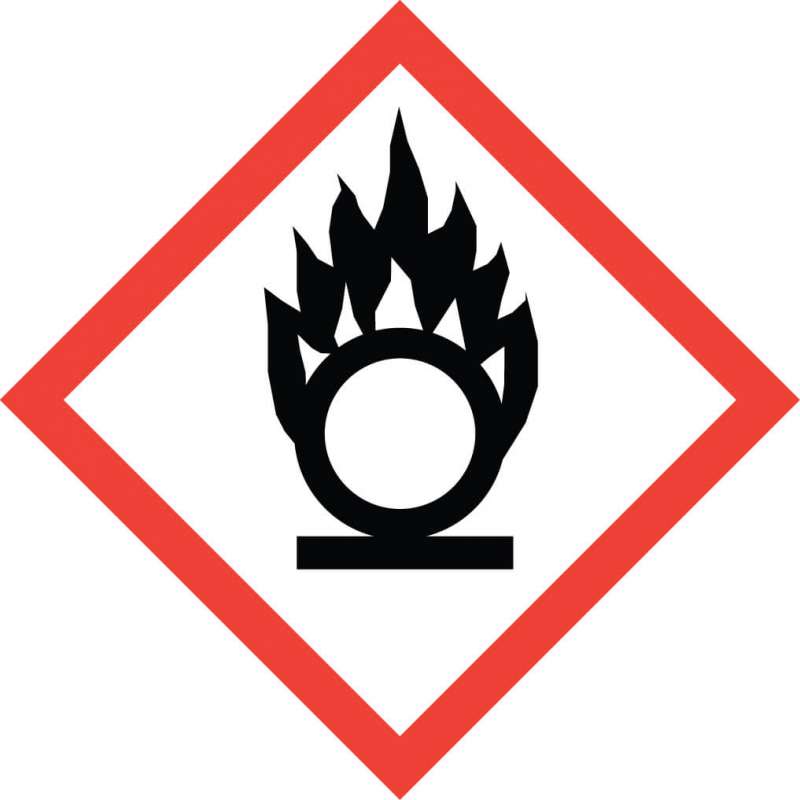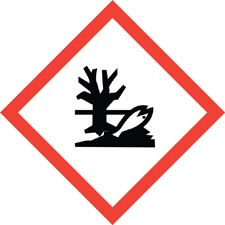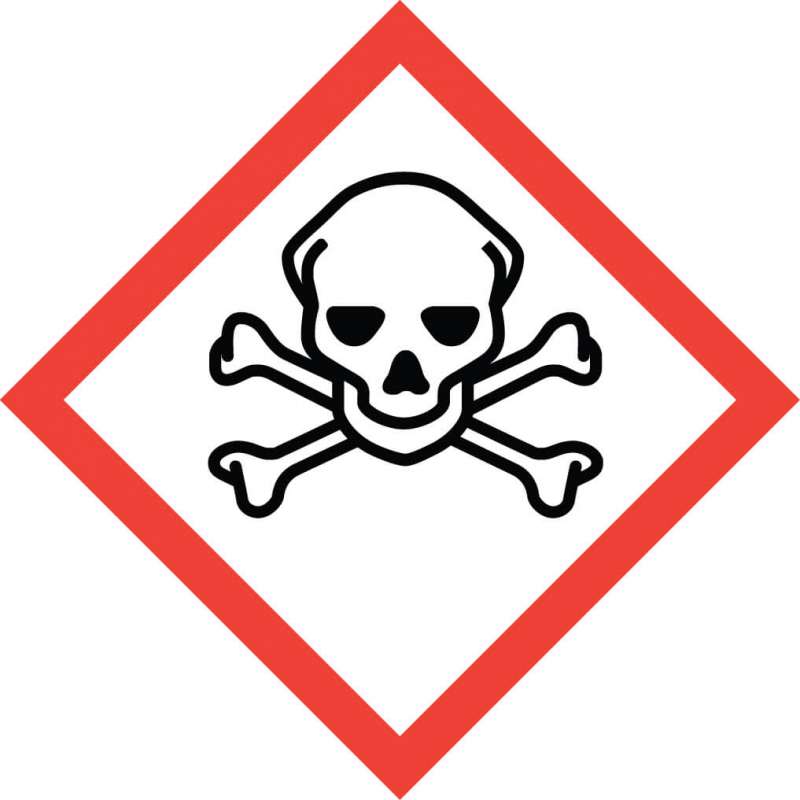Hazard Communication
OSHA Hazard Communication Standard Overview
The Occupational Safety and Health Administration (OSHA) is the federal regulatory body that oversees workplace safety in the private-sector as well as for some federal government employees. OSHA published the Hazard Communication Standard (HCS) in 1983 and, at the time, it only applied to the manufacturing industry. Since then, the HCS has been amended to expand coverage to include all regulated industries with hazardous chemicals in the workplace.
In 2012, OSHA amended HCS once again to align it with the United Nations’ (UN) Globally Harmonized System of Classification and Labeling of Chemicals (GHS). GHS was adopted by the UN in 2003 to provide uniform criteria for the classification of health, physical and environmental hazards of chemicals. GHS also specified what information should be on chemical labels and Safety Data Sheets (SDS). To date, over 67 countries have adopted elements of GHS. Beginning in December of 2013, OSHA phased in new requirements that manufacturers, suppliers/distributors and regulated employers would need to meet. As of June 1, 2016, all HCS 2012 amendments are effective. Although the federal HCS does not directly apply to Shepherd University, it is prudent to ensure that all hazardous chemicals are labeled and SDSs are maintained in order to communicate hazards associated with chemicals present in the workplace. The information below expands on the requirements for labels and safety data sheets.
Hazardous Chemical Container Labeling
Primary Container Labels
Primary container labels on hazardous chemicals and products provided by manufactures and suppliers are required to have six elements. The six elements are pictograms (see below), a signal word (“Danger” or “Warning”), hazard and precautionary statements, the product identifier (product/chemical name), and supplier information. Supplemental information, such as an NFPA 704 hazard rating, may also be provided by suppliers. A sample HCS label, identifying the required label elements, is provided on the Quick Card below.
When receiving chemical containers regulated under HCS 2012, Shepherd employees should ensure that original chemical containers have not been defaced or detached from the original container. If a label does become detached or defaced, the label should be immediately reattached to the container or a new label with all elements of the original label should be placed on the container.
Secondary Container Labels (In-House Labels)
Secondary containers not for immediate use* must be labeled, at minimum, with the Product Identifier and the hazards of the chemical. The hazards may be communicated with words, pictures, symbols or a combination that provide at least general information about the hazards of the chemical. Unlabeled containers present an unnecessary risk in the workplace and can also lead to citations and fines from environmental, health and safety regulatory agencies. For sample and printable secondary container labels, visit the Labels page.
*Immediate use means that the product in the secondary container will be used completely while remaining under the care of one individual. If at any time an individual will be leaving the area where the secondary container is in use (e.g. end of shift, class or lab, lunch break, etc.), the container must be labeled appropriately.
Pictograms
HCS 2012 requires pictograms on labels to alert users of the chemical hazards to which they may be exposed. Each pictogram consists of a symbol on a white background framed within a red or black diamond-shaped boarder and represents a distinct hazard(s). The pictogram on the label is determined by the chemical hazard classification. The nine pictograms are pictured below. For more information, click the link below for OSHA’s Quick Card on pictograms.
Safety Data Sheets
HCS 2012 requires chemical manufacturers, distributors, or importers to provide Safety Data Sheets (SDSs) for every hazardous chemical supplied. SDSs, formerly known as Material Safety Data Sheets or MSDSs, communicate the hazards of hazardous chemical products. As of June 1, 2016, HCS 2012 requires SDSs to be in a uniform format, and include section numbers, headings, and associated information as outlined below:
Section 1, Identification
Section 2, Hazard(s) Identification
Section 3, Composition/Information on Ingredients
Section 4, First-Aid Measures
Section 5, Fire-Fighting Measures
Section 6, Accidental Release Measures
Section 7, Handling and Storage
Section 8, Exposure Controls/Personal Protection
Section 9, Physical and Chemical Properties
Section 10, Stability and Reactivity
Section 11, Toxicological Information
Section 12, Ecological Information
Section 13, Disposal Considerations
Section 14, Transport Information
Section 15, Regulatory Information
Section 16, Other Information
OSHA Quick Card: Safety Data Sheets
Supervisors and employees should retain all SDSs that are received. SDSs should be kept in a location known by employees and that is accessible to all affected employees. SDSs provide vital information on chemicals, especially in emergency situations. In an effort to assist departments with their efforts in maintaining SDSs, a list of links to SDSs has been created for the University. This list is not inclusive of all chemicals on campus, but does provide over 2,000 SDSs. Use the link below to access the SDS list. Please provide copies of SDSs for any chemical not currently listed to the Campus Environmental Safety Coordinator.
Shepherd University Safety Data Sheets
Exempted Materials
The Hazard Communication Standard does not apply to the following:
- Any hazardous waste as such term is defined by the Solid Waste Disposal Act, as amended by the Resource Conservation and Recovery Act of 1976, as amended, when subject to regulations issued under that Act by the Environmental Protection Agency (EPA).
- Any hazardous substance as such term is defined by the Comprehensive Environmental Response, Compensation and Liability Act (CERCLA) when the hazardous substance is the focus of remedial or removal action being conducted under CERCLA in accordance with EPA regulations.
- Tobacco or tobacco products.
- Wood or wood products, including lumber which will not be processed, where the chemical manufacturer or importer can establish that the only hazard they pose to employees is the potential for flammability or combustibility (Wood or wood products which have been treated with a hazardous chemical covered by this standard, and wood which may be subsequently sawed or cut, generating dust, are not exempted).
- Articles (Manufactured item other than a fluid or particle: (i) which is formed to a specific shape or design during manufacture; (ii) which has end use function(s) dependent in whole or in part upon its shape or design during end use; and (iii) which under normal conditions of use does not release more than very small quantities, e.g., minute or trace amounts of a hazardous chemical and does not pose a physical hazard or health risk to employees.)
- Food or alcoholic beverages which are sold, used, or prepared in a retail establishment (such as a grocery store, restaurant, or drinking place), and foods intended for personal consumption by employees while in the workplace;
- Any drug, as that term is defined in the Federal Food, Drug and Cosmetic Act, when it is in solid, final form for direct administration to the patient (e.g. tablets or pills); drugs which are packaged by the chemical manufacturer for sale to consumers in a retail establishment (e.g., over-the-counter drugs); and drugs intended for personal consumption by employees while in the workplace (e.g., first aid supplies).
- Cosmetics which are packaged for sale to consumers in a retail establishment, and cosmetics intended for personal consumption by employees while in the workplace.
- Any consumer product or hazardous substance, as those terms are defined in the Consumer Product Safety Act and Federal Hazardous Substances Act respectively, where the employer can show that it is used in the workplace for the purpose intended by the chemical manufacturer or importer of the product, and the use results in a duration and frequency of exposure which is not greater than the range of exposures that could reasonably be experienced by consumers when used for the purpose intended.
- Nuisance particulates where the chemical manufacturer or importer can establish that they do not pose any physical health hazard covered under this section
- Ionizing and non-ionizing radiation.
- Biological hazards.
Training and Assistance
Contact Dustin Robbins if you or your department would like to schedule Hazard Communication Training or for assistance with chemical labeling, SDS management or any other aspect of hazard communication. Training can be delivered through an online training module, in-person or using a combination of the two.
Frequently Asked Questions
How do I know if a chemical or product is hazardous?
- All hazardous chemicals and products purchased after November 30, 2015 will be communicated as such on their respective label and SDS. An easy way to tell if a chemical or product is hazardous under HCS is by the presence of a Pictogram, Signal Word or Hazard Statement. For chemicals purchased prior to December 1, 2015, the most up-to-date SDS should be referenced.
How do I know if a chemical or product is not hazardous?
- Reference the most up-to-date SDS. Although not required to do so, many manufacturers and suppliers of chemicals and products will provide SDSs for non-hazardous chemicals and products. These SDSs will typically indicate that the chemical or product is not hazardous under HCS. Additionally, non-hazardous chemical labels for chemicals or products purchased after November 30, 2015 will not have Pictograms, Signal Words or Hazard Statements on them.
